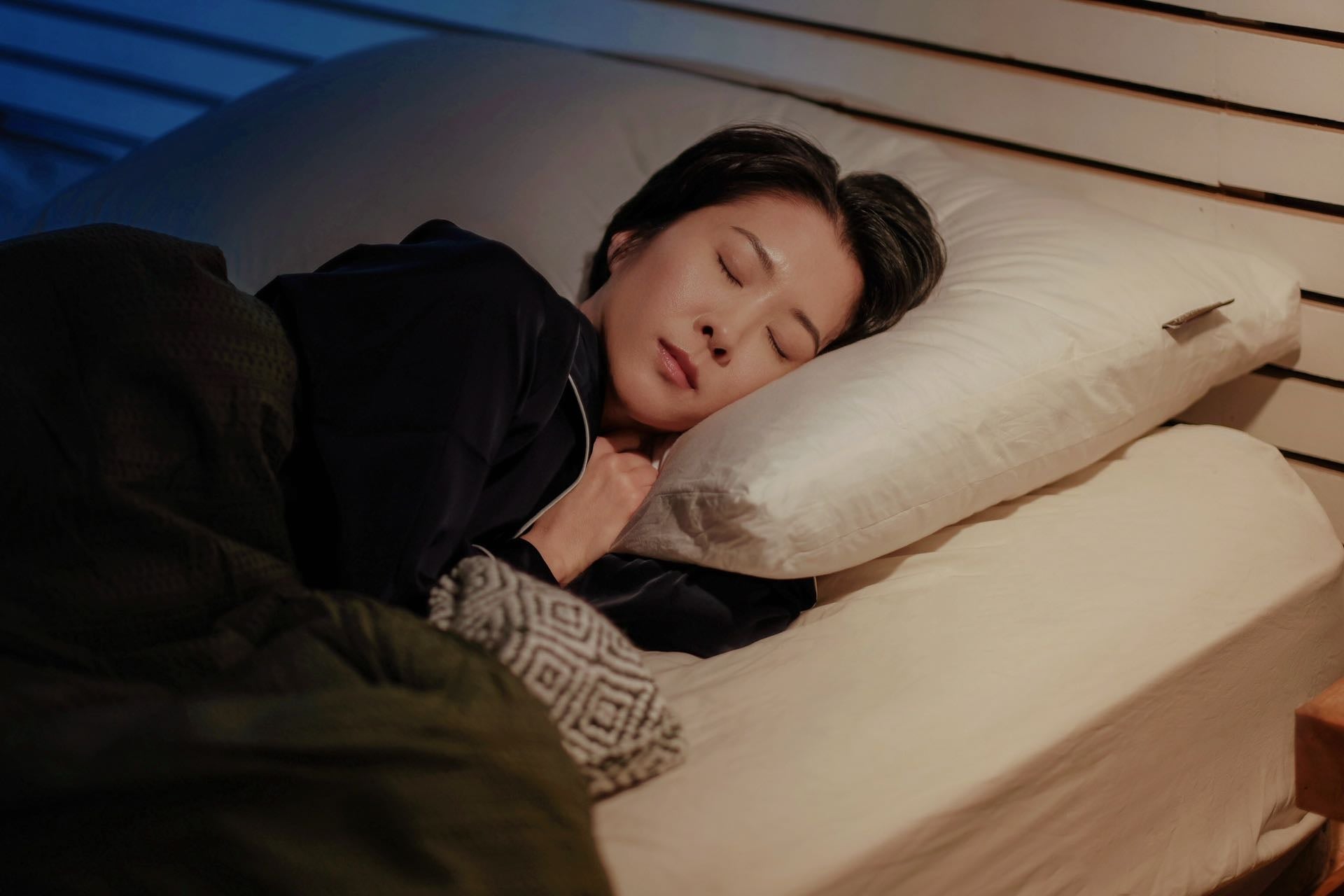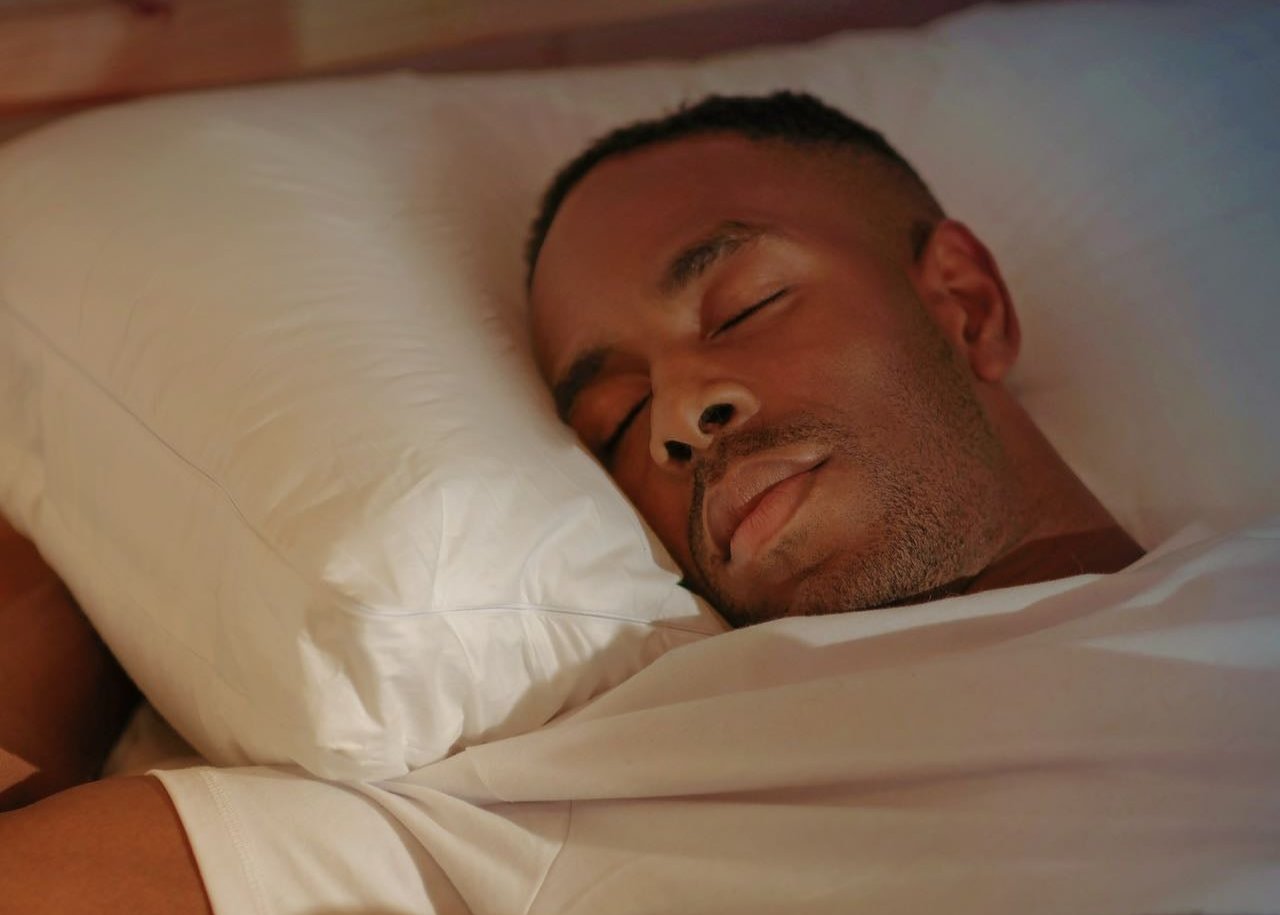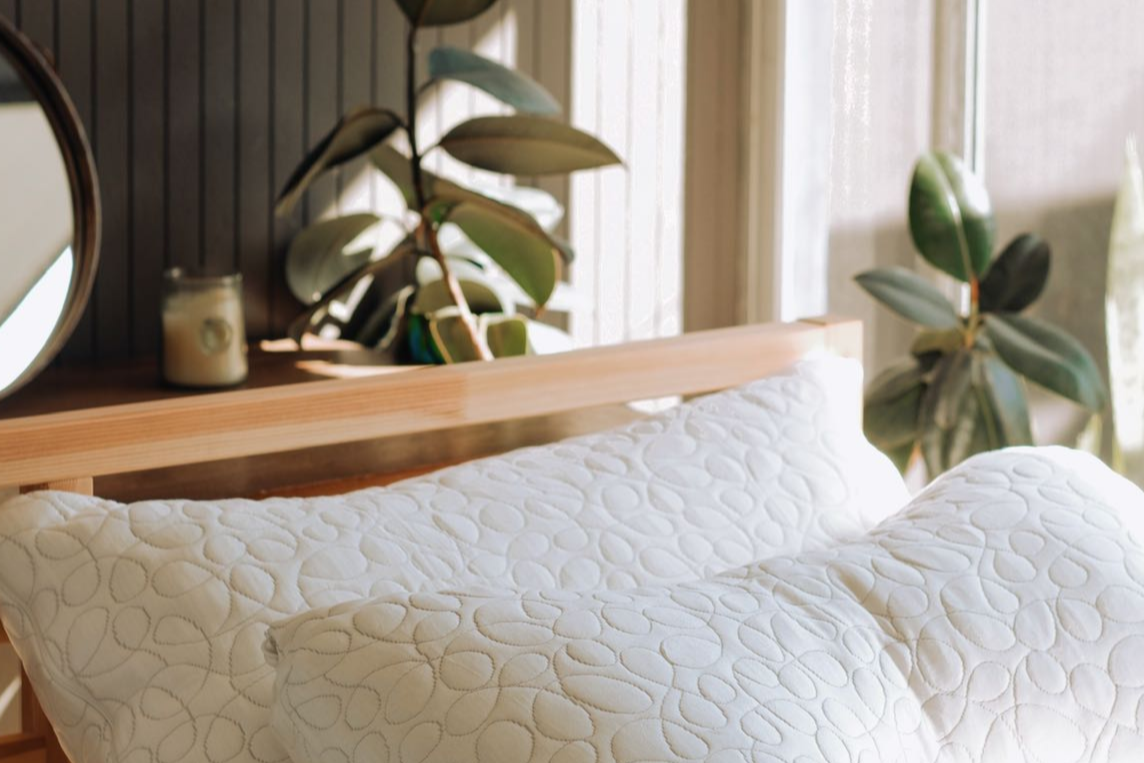How Many Pillows Should You Sleep With?
Take a look at a bedding catalog or Instagram-worthy bedroom, and you might see a bed piled high with pillows. But while decorative pillows are one thing, when it comes to actually sleeping, more is not necessarily better. In fact, using the correct number of pillows in the right places is important for spinal alignment and overall sleep comfort. Some people swear by sleeping with two or more pillows, while others do just fine with one. So how many pillows should you sleep with? The answer depends on your sleeping position and personal needs. Let’s explore the recommendations and reasoning behind them.
One Pillow Under Your Head Is Often Enough
For most adults, experts recommend sleeping with just one pillow under your head. The purpose of a pillow is to support your head and neck so that your spine stays neutral. One properly fitted pillow is usually sufficient to achieve that alignment. If you stack multiple pillows under your head, it can prop your head up too high, bending your neck at an unnatural angle and potentially causing neck or back pain. A general consensus among sleep experts is that “one pillow is the optimal choice for a good night’s sleep”. However, that one pillow needs to be the right pillow – meaning the correct loft (height) and firmness for your body and sleeping position. A side sleeper might have one thicker, firmer pillow, whereas a back sleeper might use one medium pillow. The key is that your head is supported in line with your spine. If you find one pillow isn’t giving you enough support, it’s often better to get a higher loft or firmer pillow rather than add a second pillow, which can fold or slip and create odd angles. Quality over quantity is the mantra here: one good pillow that suits you is better than a pile of subpar ones. That being said, there are strategic ways to use additional pillows (as we’ll discuss next) – but those are usually placed elsewhere on the body, not double-stacked under your head.
Use Extra Pillows for Support (Based on Sleep Position)
While you might only have one pillow under your head, adding pillows in other places can greatly enhance comfort and alignment, especially for side and back sleepers.
Side Sleepers
It’s advised that side sleepers use two pillows: one for the head and one between the knees. The knee pillow keeps your upper leg from pulling your spine and hips out of alignment. Without it, your leg tends to drop forward, twisting your lower back. A small firm pillow or even a yoga bolster between the knees can prevent this, helping maintain a straight line from your neck down through your tailbone. The result is less strain on your lower back and hips, which also benefits the neck indirectly.
Back Sleepers
Back sleepers can also benefit from two pillows: one under the head and one under the knees. Placing a pillow beneath your knees eases pressure on your lumbar spine by promoting a natural curvature (it slightly tilts your pelvis and reduces arch in the lower back). This can be especially helpful if you experience back pain. The head pillow for back sleepers should not be too thick; otherwise, two pillows under the head would force the chin toward the chest.
Stomach Sleepers: Stomach sleepers should ideally use only one thin pillow under the head (or none at all) to avoid neck strain. But an extra thin pillow can be tucked under the pelvis/abdomen. This helps keep the lower back from overarching downward, compensating for the lack of support when lying on the stomach. Essentially, the pillow under the hips lifts that area slightly and aligns the spine better. Some stomach sleepers who can’t break the habit find this trick reduces morning back pain.
These additional pillows aren’t about elevating your head; they’re about maintaining alignment of the spine and reducing pressure points elsewhere. For example, hugging a pillow against your chest can even help side sleepers keep their shoulders aligned and give the top arm something to rest on rather than pulling on the shoulder (which can affect the neck). The Leesa Sleep Guide mentions that side sleepers using a second pillow between the knees and stomach sleepers using one under the hips can significantly improve spinal alignment. So in practice, many sleepers do use two or more pillows – but each has a purpose (head, knees, etc.), not two stacked under the head.
What About Sleeping Without a Pillow?
On the opposite end, some people wonder if no pillow at all is best (especially a few stomach sleepers or those following certain health fads). The general medical and ergonomic consensus is that sleeping without a pillow is not beneficial for most, and can cause neck pain. Sleep experts agree that completely going pillow-less often leads to neck and back pain. Without a pillow, if you’re on your side or back, your head will flop back or to the side, and the cervical spine will not be supported. This can strain muscles and even impinge nerves. In the short term, you might feel stiffness or headaches; long term, it could contribute to chronic issues. Stomach sleeping without a pillow might keep the neck from bending up, but your head is still rotated to the side and there’s no support, so neck strain is likely. There are a few specific scenarios where no pillow might be okay – for instance, some stomach sleepers with certain body proportions might do fine, or if someone is instructed short-term for a therapeutic reason – but these are exceptions. As a rule, using an appropriate pillow is important for healthy sleep posture. If your pillow is truly uncomfortable and you find yourself tossing it aside at night, it’s a sign you need a different pillow, not zero pillows. A very thin pillow can sometimes simulate “no pillow” while still giving a modicum of support. But tests (and common experience) have shown that pillow-less sleeping often results in a poor night’s sleep and a cricked neck.
Personal Preference and Special Cases
Beyond general guidelines, personal comfort does play a role. Some individuals love sleeping surrounded by pillows – for example, a pregnant woman might use multiple pillows (or a full-body pregnancy pillow) to support her belly, back, and knees all at once. People with certain medical conditions, like acid reflux, might sleep with an extra pillow or a wedge pillow to elevate the upper body. In such cases, using more pillows isn’t about the neck support per se but about addressing those specific needs. There are also people who find comfort in hugging a pillow (even if not “necessary” ergonomically, it can be psychologically soothing or relieve shoulder pressure). So you might have one pillow under your head and another to cuddle – nothing wrong with that if it helps you sleep, as long as your main pillow is doing its job. Partner considerations can matter too: if you share a bed, the number of pillows each uses can vary. Make sure your pillow use doesn’t intrude on your partner’s space (a giant body pillow is great unless it crowds the bed). And of course, bed size influences how many pillows physically fit – a king bed can accommodate more pillows comfortably than a twin. Finally, some conditions like sleep apnea or snoring might be improved by using a certain pillow setup (like a wedge or an extra pillow to elevate the head), though the first line of advice for apnea is usually to see a specialist rather than just adding pillows. In sum, while one pillow under the head is optimal for many, there are legitimate reasons and preferences that lead people to use more. Aim for what keeps your spine aligned and you feeling comfortable and pain-free on waking. That could be one pillow or a strategic arrangement of two or three.
For most sleepers, one good pillow under the head is the magic number, providing the necessary support without causing misalignment. However, many will benefit from additional pillows used wisely – between the knees for side sleepers, under the knees for back sleepers, or under the hips for stomach sleepers. Using too many pillows under your head can lead to neck strain, just as using none can. The goal is to keep your head and spine in neutral alignment. So evaluate your own sleep: if you’re waking up sore, count your pillows and where they are. You might find that simplifying your head support to one quality pillow, while deploying a second pillow for body support, gives you the best sleep posture. In the end, the “right” number of pillows is the number that keeps you comfortable and properly supported through the night. Simplify your sleep setup with one high-quality pillow that meets all your needs. The versatile DonaHona Sandwich Pillow offers adaptable layers to ensure your head and neck always stay comfortably aligned.










Leave a comment
This site is protected by hCaptcha and the hCaptcha Privacy Policy and Terms of Service apply.